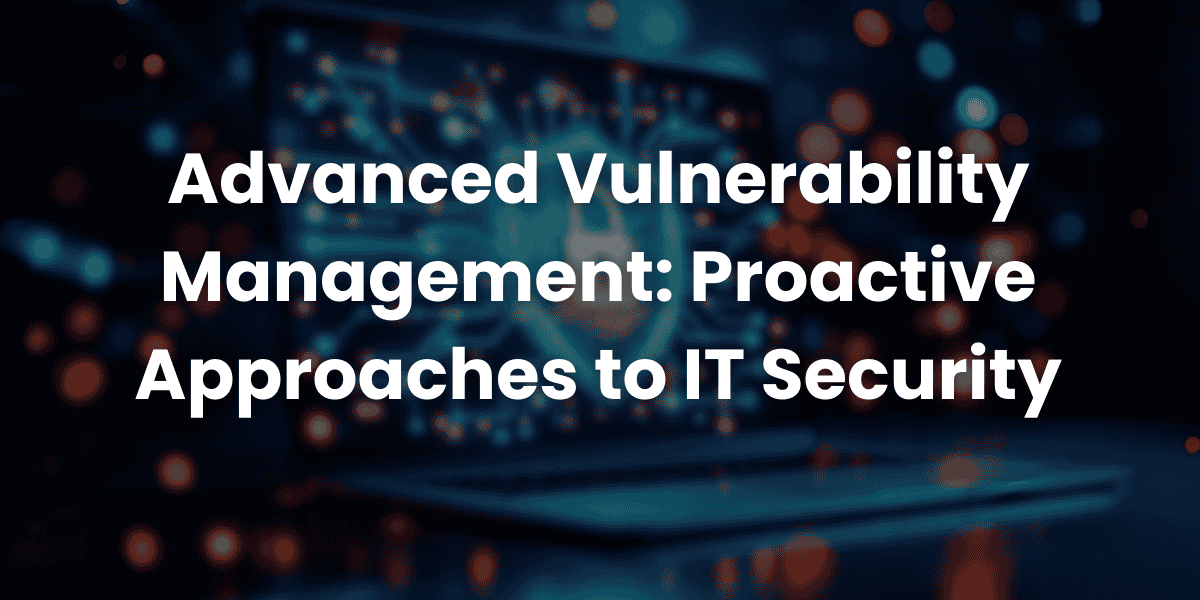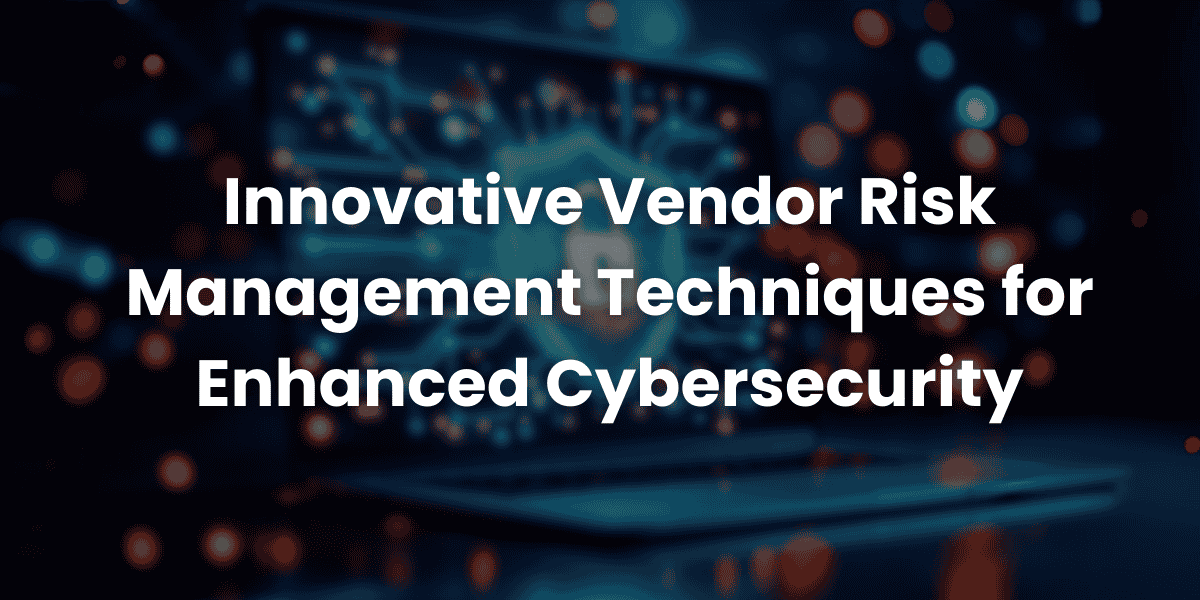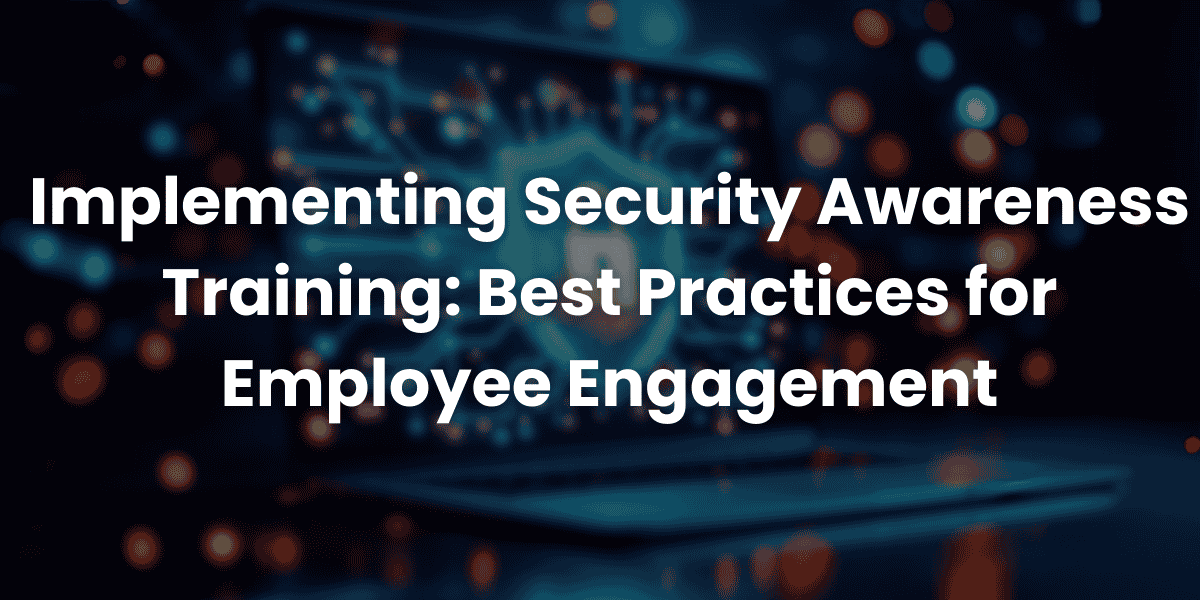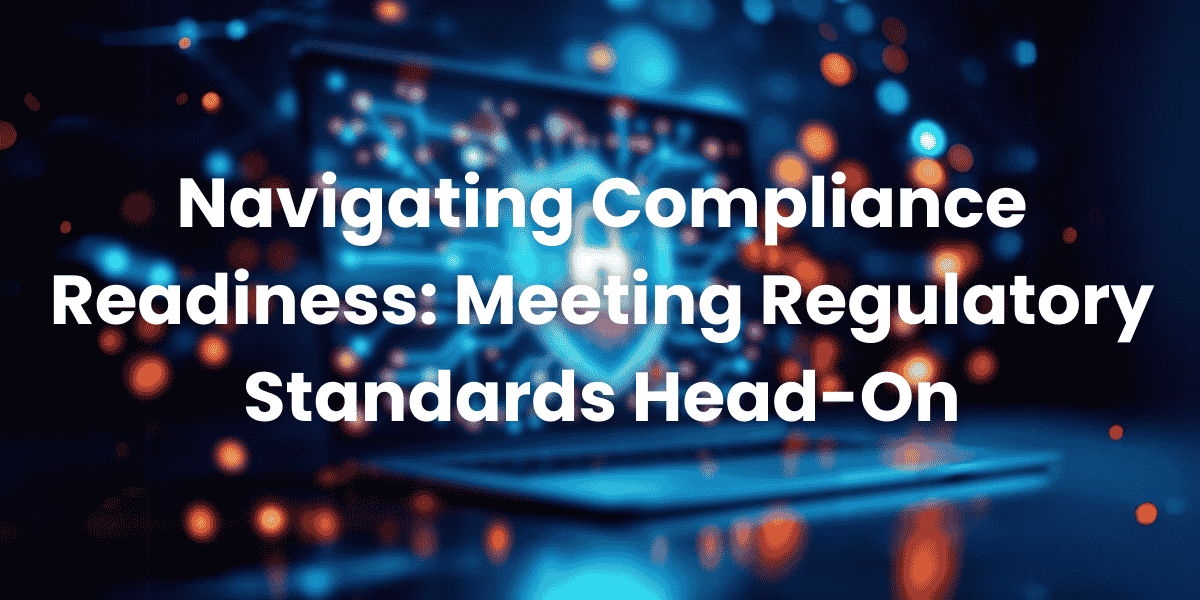In today’s digital age, cybersecurity threats are evolving at an unprecedented rate. For organizations in Canada and beyond, the importance of Incident Response Planning cannot be overstated. As cyberattacks become more sophisticated, businesses must prioritize creating and implementing robust Incident Response Planning strategies to minimize potential damage. At CISO Canada, we understand that a well-prepared organization is better equipped to handle security breaches effectively. This article delves into the critical role of Incident Response Planning , offering insights into its implementation and benefits.
Why Is Incident Response Planning Essential?
The first step in safeguarding your organization is recognizing the value of Incident Response Planning . Cybersecurity incidents can lead to financial losses, reputational damage, and regulatory penalties. Without a comprehensive Incident Response Planning framework, organizations may struggle to respond promptly and efficiently. A structured Incident Response Planning process ensures that teams know their roles during a crisis, reducing confusion and downtime. At CISO Canada, we emphasize that Incident Response Planning is not just about reacting to incidents but also about preparing for them proactively. By integrating Incident Response Planning into your overall cybersecurity strategy, you can identify vulnerabilities before they are exploited. This proactive approach is what sets resilient organizations apart from those that falter under pressure.Key Components of Effective Incident Response Planning
A successful Incident Response Planning strategy involves several key components. First and foremost, it requires a clear understanding of potential threats. Organizations must conduct thorough risk assessments to inform their Incident Response Planning efforts. These assessments help prioritize resources and focus on areas most likely to be targeted by attackers. Another crucial aspect of Incident Response Planning is establishing a dedicated incident response team. This team should include individuals with diverse skill sets, such as IT professionals, legal advisors, and communication specialists. Their collective expertise will ensure that all aspects of an incident are addressed comprehensively. At CISO Canada, we recommend regular training sessions for this team to keep them updated on the latest trends in Incident Response Planning . Documentation is also a vital part of Incident Response Planning . Having a written plan ensures consistency and clarity when responding to incidents. The document should outline specific procedures, communication protocols, and escalation paths. Regularly reviewing and updating this plan is essential to maintaining its effectiveness. By focusing on these elements, organizations can enhance their Incident Response Planning capabilities significantly.Steps to Implement Incident Response Planning
Implementing Incident Response Planning involves a series of well-defined steps. The first step is preparation, which includes developing policies, procedures, and tools necessary for effective response. During this phase, organizations should also establish partnerships with external experts who can assist during large-scale incidents. The next step in Incident Response Planning is detection and analysis. Early detection of incidents allows organizations to mitigate risks quickly. Advanced monitoring tools play a significant role in this stage, enabling real-time identification of suspicious activities. Once an incident is detected, the analysis phase helps determine its scope and impact, guiding subsequent actions. Containment, eradication, and recovery form the core of active Incident Response Planning . Containment involves isolating affected systems to prevent further damage. Eradication focuses on removing the root cause of the incident, while recovery ensures that systems are restored to normal operation. Each of these steps requires careful coordination and execution, underscoring the importance of thorough Incident Response Planning . Finally, post-incident activities are critical for continuous improvement. After resolving an incident, organizations should conduct a review to identify lessons learned. This feedback loop strengthens future Incident Response Planning efforts, making them more resilient over time.The Role of Leadership in Incident Response Planning
Leadership plays a pivotal role in the success of Incident Response Planning initiatives. Executives must champion these efforts, allocating sufficient resources and fostering a culture of security awareness. At CISO Canada, we believe that leadership commitment is a cornerstone of effective Incident Response Planning . Executives should also ensure that Incident Response Planning aligns with broader business objectives. By integrating cybersecurity into strategic decision-making, organizations can achieve greater resilience. Leaders must communicate the importance of Incident Response Planning to all employees, emphasizing their role in maintaining organizational security.Challenges in Incident Response Planning
Despite its importance, Incident Response Planning comes with challenges. One common obstacle is the lack of skilled personnel. Many organizations struggle to find qualified individuals capable of managing complex incidents. To address this issue, CISO Canada advocates for investing in training programs and certifications focused on Incident Response Planning . Another challenge is the rapidly changing threat landscape. Attackers constantly develop new techniques, making it difficult for organizations to stay ahead. Continuous education and adaptation are essential to overcoming this hurdle. By staying informed about emerging threats, organizations can refine their Incident Response Planning strategies accordingly. Budget constraints can also hinder Incident Response Planning efforts. Smaller organizations may find it challenging to allocate funds for advanced tools and technologies. However, prioritizing investments based on risk assessments can help optimize resource allocation. At CISO Canada, we encourage organizations to adopt cost-effective solutions without compromising on quality.Measuring the Success of Incident Response Planning
To gauge the effectiveness of Incident Response Planning , organizations should establish metrics and KPIs. These indicators provide valuable insights into how well the plan performs during actual incidents. Metrics such as response time, containment duration, and recovery speed are useful benchmarks for evaluating Incident Response Planning . Regular testing and simulations are equally important for assessing Incident Response Planning readiness. Conducting tabletop exercises and mock drills helps identify gaps in the plan and ensures that teams are prepared for real-world scenarios. At CISO Canada, we recommend scheduling these tests periodically to maintain high standards of preparedness.
Conclusion: Strengthening Cybersecurity Through Incident Response Planning
In conclusion, Incident Response Planning is a fundamental pillar of modern cybersecurity. It empowers organizations to respond swiftly and decisively to incidents, minimizing potential damage. At CISO Canada, we are committed to helping businesses build robust Incident Response Planning frameworks tailored to their unique needs. By prioritizing Incident Response Planning , organizations can protect their assets, reputation, and bottom line. From leadership involvement to continuous improvement, every aspect of Incident Response Planning contributes to a safer digital environment. As cyber threats continue to evolve, embracing Incident Response Planning will remain a top priority for forward-thinking organizations. For more information on how CISO Canada can support your Incident Response Planning journey, visit our website today. Together, we can create a secure future for Canadian businesses through effective Incident Response Planning .You can also visit Cyber Electra and Data Privacy Officer sites to get more information on Information Security and Privacy services.





